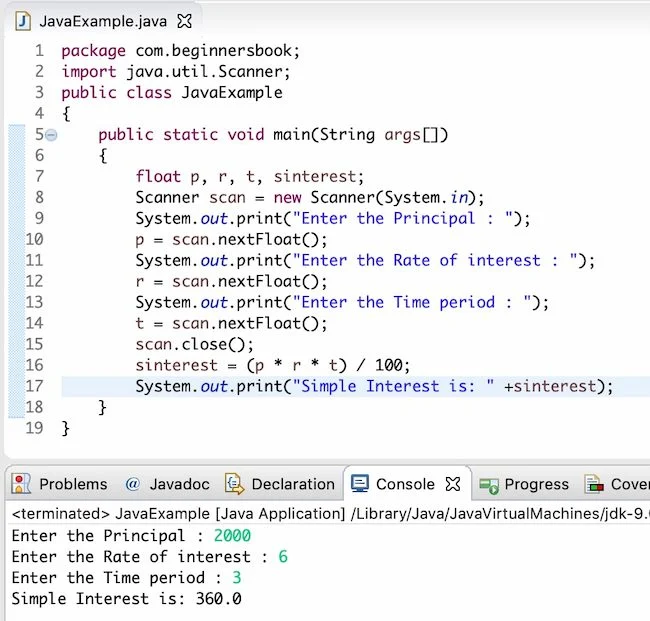What is Coding ?
Coding, at its core, is the art of instructing computers to perform tasks. It involves writing commands in a language that computers can interpret, enabling them to carry out specific functions. These instructions are crafted using various programming languages, which provide the framework and syntax for coding. Essentially, coding is how humans communicate with machines, telling them what to do, how to do it, and when to do it. This communication is what makes all modern technology possible, from the simplest app to the most complex software.
Why Learn to Code ?

The question isn’t just why you should learn to code, but rather, why not? In today’s digital age, coding has become a fundamental skill, much like reading or writing. Learning to code opens up numerous opportunities, whether you’re looking to create your own website, develop mobile apps, or analyze data. Coding isn’t just about building software; it’s about enhancing your problem-solving abilities, fostering creativity, and understanding the digital world we live in. Moreover, with technology advancing at a rapid pace, coding skills are in high demand across various industries, making it a valuable skill set for career growth.
How to Start Coding –
-
Starting your coding journey can be both exciting and daunting. However, with the right approach, anyone can learn to code. Here’s a step-by-step guide to help you get started:
- Choose Your First Programming Language : The first step is deciding which language to learn. Python is an excellent choice for beginners due to its readability and versatility. It’s used in web development, data science, artificial intelligence, and more.
- Set Up Your Coding Environment : Before you start writing code, you’ll need to set up your coding environment. This typically involves installing a code editor (like Visual Studio Code) and the necessary compilers or interpreters for your chosen language.
- Learn the Basics : Begin by understanding the basic concepts of programming, such as variables, data types, loops, and functions. These fundamentals are the building blocks of any coding language and will serve you well as you progress.
- Practice Regularly : Coding is a skill best learned by doing. Start with simple exercises and gradually take on more complex projects. Websites like Codecademy and freeCodeCamp offer interactive lessons that are perfect for beginners.
- Engage with the Coding Community : Join online forums, attend coding meetups, and participate in hackathons. Engaging with other learners and experienced coders can provide valuable insights, support, and motivation.
- Work on Real Projects : Apply what you’ve learned by working on real-world projects. Whether it’s a personal website, a small game, or a mobile app, building something tangible will reinforce your skills and boost your confidence.
Coding vs. Programming –
The terms “coding” and “programming” are often used interchangeably, but they have distinct meanings. Coding is the act of writing code that a computer can understand, while programming encompasses the broader process of developing a software application. Programming includes not only writing code but also planning, designing, testing, debugging, and maintaining a project. In other words, coding is a subset of programming. Understanding the difference helps clarify the roles and skills involved in software development.
Programming Languages –
-
There are many programming languages to choose from, each serving different purposes. Here’s a brief overview of some of the most popular ones :
1. Python –

Python is a versatile, high-level programming language known for its simplicity and readability. It supports multiple programming paradigms, including procedural, object-oriented, and functional programming. Python is widely used in web development, data analysis, artificial intelligence, scientific computing, and more, making it a popular choice for beginners and experts alike.
2. Java script –

JavaScript is a dynamic, high-level programming language that is essential for web development. It enables interactive features on websites, such as animations, form validations, and real-time updates. JavaScript is versatile, running on both the client and server sides, and integrates well with HTML and CSS. Its wide adoption makes it a cornerstone of modern web technologies and applications.
3. Java –

Java is a powerful, object-oriented programming language known for its portability, security, and performance. It allows developers to write code that can run on any platform with a Java Virtual Machine (JVM), making it highly versatile. Java is commonly used in web and mobile applications, enterprise software, and large systems, and remains a staple in the programming world.
4 . C++ –

C++ is a high-performance, general-purpose programming language that extends the capabilities of C by adding object-oriented features. It’s widely used in system/software development, game development, and applications requiring real-time processing. C++ is known for its speed, efficiency, and control over system resources, making it a popular choice for performance-critical applications.
5 . Ruby –
Ruby is an elegant, dynamic programming language known for its simplicity and productivity. It emphasizes human-friendly syntax, making it easy to read and write. Ruby is often associated with web development, particularly through the Ruby on Rails framework, which has made it a popular choice for building scalable web applications quickly.
Tips for Coding for Beginners –
- Start Small : Don’t overwhelm yourself with complex projects right from the start. Begin with small, manageable tasks that reinforce the basics.
- Break Down Problems : When faced with a challenging problem, break it down into smaller, more manageable pieces. This approach makes it easier to solve and helps you understand the problem better.
- Embrace Mistakes : Debugging is a significant part of coding. Don’t get discouraged by errors; instead, use them as learning opportunities. Every mistake you make brings you closer to mastering the language.
- Stay Consistent : Regular practice is key to becoming proficient at coding. Set aside time each day or week to code, and stick to your schedule.
- Document Your Code : Writing comments in your code helps you and others understand what the code does. Good documentation is a sign of a thoughtful and professional coder.
- Build a Portfolio : As you work on projects, compile them into a portfolio. This not only tracks your progress but also serves as a showcase of your skills to potential employers or collaborators.
Our Favorite Coding Resources –
-
To aid your learning journey, here are some of the best resources available :
1 . Codeacademy –

Codecademy is great for diving right in and writing code almost immediately. It gives you small digestible tasks to work on, as well as a sandbox to work in. They have courses for just about every language you can imagine.Most of their content is free, though they have paid guided projects and career paths you can opt for, as well as career services and professional certifications
2 . Stack Overflow –

Stack Overflow is a popular online community and question-and-answer site for programmers and developers. It’s a place where users can ask coding-related questions, share knowledge, and collaborate on solving technical problems. With a vast repository of programming knowledge and a highly active user base, Stack Overflow is an essential resource for developers of all levels, offering solutions to coding challenges and best practices in software development..
3 . Coursera –

Coursera is a leading online learning platform that offers a wide range of courses, specializations, and degrees from top universities and companies worldwide. It provides access to high-quality education in various fields, including technology, business, and personal development. Coursera allows learners to study at their own pace, often offering certificates and credentials upon course completion.
→Conclusion
An outstanding marketing plan is a vital tool for any business, providing a clear direction for your marketing efforts and helping you achieve your objectives. By following the steps outlined in this guide and utilizing the available templates, you can create a comprehensive marketing plan that drives results. Whether you’re a small business owner or a seasoned marketer, having a well-structured plan in place is key to navigating the ever-changing landscape of digital marketing.












